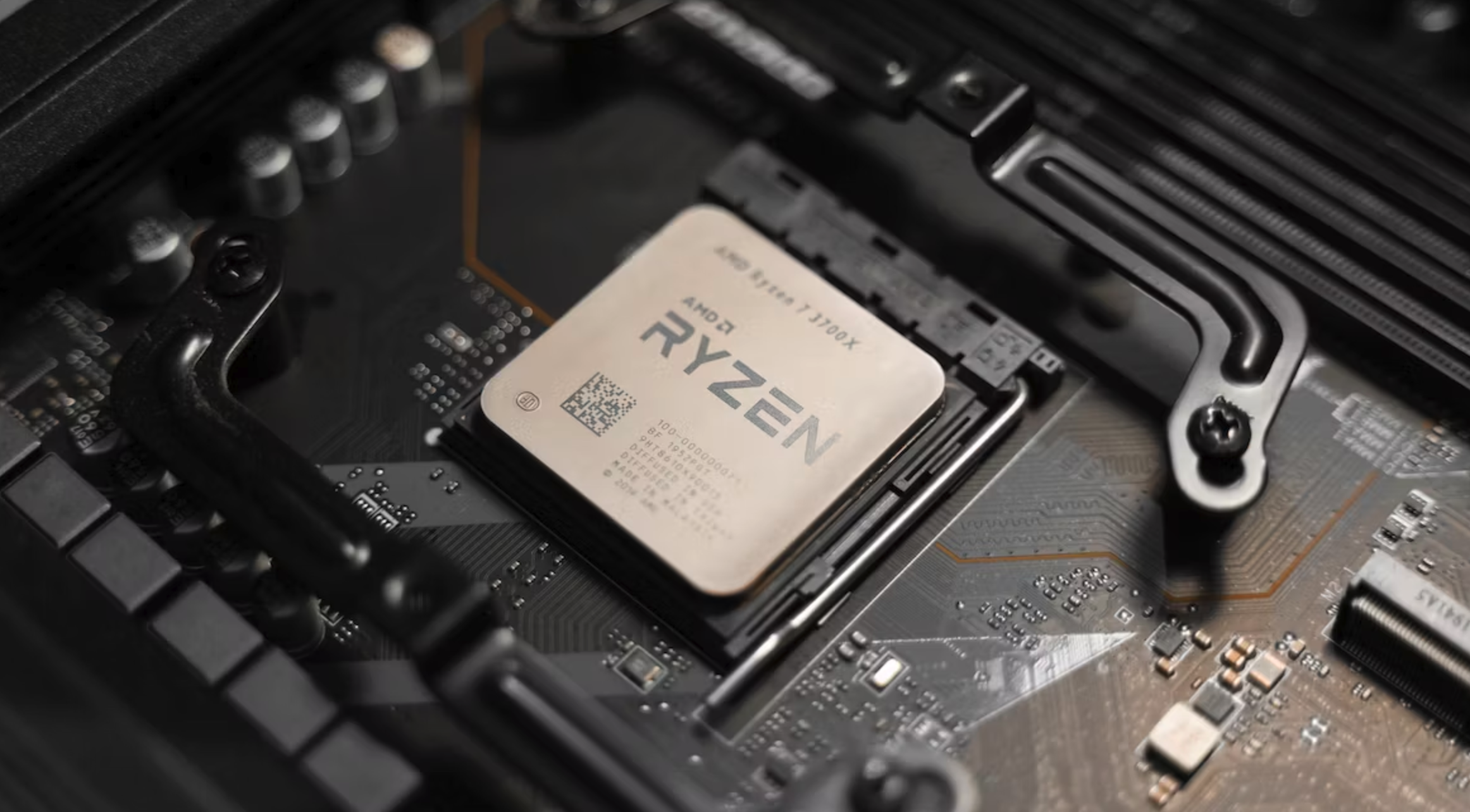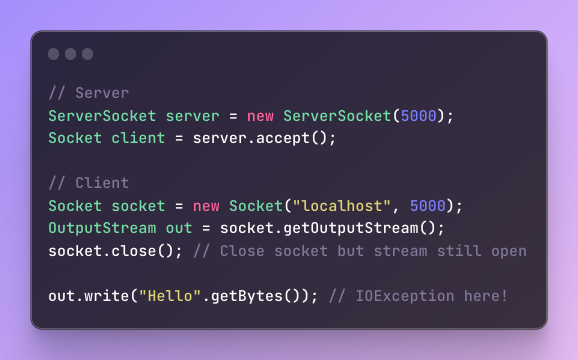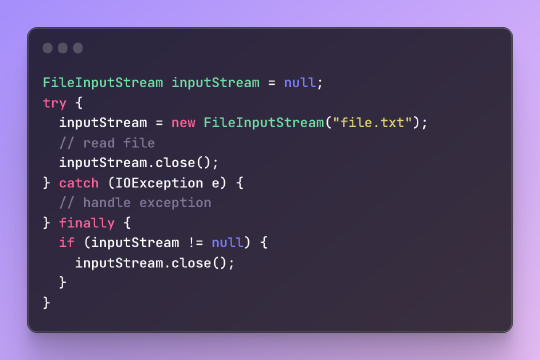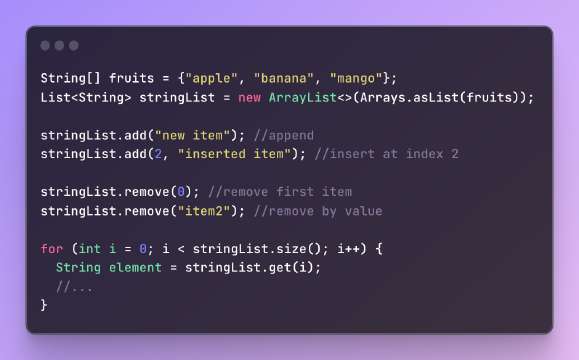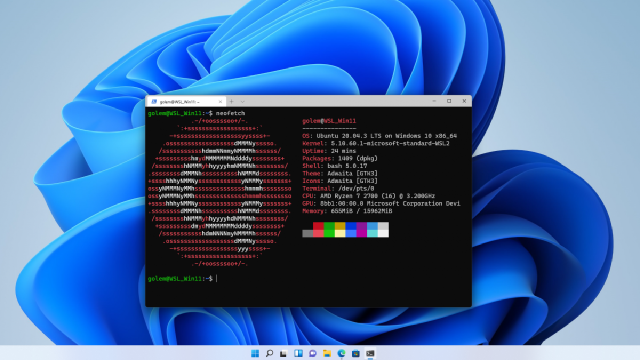Harnessing the Full Potential of Overclocked GPT-3 and Ryzen 7 7800X3D§
When it comes to unlocking the true power of AI-driven tasks, two key components play a crucial role: OpenAI’s GPT-3 models and the Ryzen 7 7800X3D processor. Understanding their capabilities and optimizing their performance can lead to remarkable results.
OpenAI’s GPT-3 models offer a range of capabilities and speeds. By utilizing faster and less-expensive models like Ada, which costs only 1/75th the price per API call compared to Davinci, we can achieve impressive efficiency gains. For example, Ada can answer a general knowledge question a full second faster than Davinci. This speed advantage allows us to accomplish tasks more quickly and effectively.
To fully harness the potential of these faster models, it is essential to write counterintuitive prompts. Prompt design plays a crucial role in maximizing the performance of faster GPT-3 models. By tailoring prompts based on the specific model being used, we can optimize their output for various tasks.
In addition to leveraging faster GPT-3 models, optimizing the Ryzen 7 7800X3D processor further enhances performance. The combination of ChatGPT and advanced data analysis features enables us to fine-tune the processor for optimal results. Enabling Precision Boost Overdrive (PBO) provides significant benefits by boosting clock speeds dynamically when needed. Experimenting with Load Line Calibration (LLC) settings also allows us to optimize performance by managing voltage fluctuations more effectively.
By harnessing the power of overclocked GPT-3 models and an optimized Ryzen 7 7800X3D processor, we can unlock new possibilities and achieve superior results in AI-driven tasks. In the following sections, we will delve deeper into understanding OpenAI’s GPT-3 models and optimizing the Ryzen 7 7800X3D processor for maximum efficiency.
Understanding OpenAI’s GPT-3 Models§
OpenAI’s GPT-3 models offer a wide range of capabilities and varying speeds, allowing users to choose the model that best suits their needs. Let’s explore the different models within the GPT-3 family and understand how they differ in terms of capabilities and speed.
Different Capabilities and Speed of GPT-3 Models§
The GPT-3 family consists of various models, each with its own unique characteristics. For example, Curie is significantly faster than Davinci and costs only 1/10th the price to use. This makes Curie an excellent choice for tasks that require quick responses without compromising on quality.
While smaller models like Ada may not possess the same level of capability as Davinci, they still have their strengths. Ada, for instance, can understand sarcasm in tweets, although not as well as Davinci. These nuanced differences in capabilities allow us to leverage specific models based on the requirements of our tasks.
Optimizing Prompt Design for Faster GPT-3 Models§
Prompt design plays a crucial role in maximizing the performance of faster GPT-3 models. By understanding the importance of prompt design for faster models, we can optimize their output. Writing counterintuitive prompts is one effective strategy to achieve this optimization. By providing prompts that may seem unconventional or unexpected, we can elicit more accurate and relevant responses from these models.
Furthermore, it is essential to tailor prompts based on the specific model being used. Each model has its own strengths and weaknesses. By understanding these nuances, we can craft prompts that effectively utilize the strengths of each model while minimizing any limitations.
Leveraging the Strengths of Smaller GPT-3 Models§
Smaller GPT-3 models like Ada and Curie have their unique strengths that make them valuable for certain tasks. Identifying these strengths allows us to effectively leverage smaller models in specific scenarios. For example, Ada’s ability to understand sarcasm in tweets can be harnessed when working with social media data or sentiment analysis tasks.
To fully optimize our usage of smaller GPT-3 models, it is crucial to tailor prompts accordingly. By optimizing prompts specifically designed to leverage their strengths, we can enhance their performance and achieve superior results.
Understanding the different capabilities and speeds within OpenAI’s GPT-3 family enables us to make informed decisions when selecting a model for our AI-driven tasks. By optimizing prompt design and leveraging the unique strengths of smaller models like Ada and Curie, we can unlock new possibilities and achieve remarkable outcomes.
Optimizing the Ryzen 7 7800X3D Processor§
To unleash the full potential of the Ryzen 7 7800X3D processor, we can utilize ChatGPT and explore various optimization techniques. Let’s delve into how ChatGPT can assist in optimizing the processor and the impact of enabling Precision Boost Overdrive (PBO) and Load Line Calibration (LLC) on its performance.
Utilizing ChatGPT for Processor Optimization§
ChatGPT can be a valuable tool in optimizing the Ryzen 7 7800X3D processor. Leveraging ChatGPT’s Advanced Data Analysis feature allows us to collect and analyze raw data, including CPU temperature, clock speed, PBO curve offset, and LLC settings. By utilizing this data-driven approach, we can make informed decisions about optimizing the processor settings.
Enabling Precision Boost Overdrive (PBO)§
Precision Boost Overdrive (PBO) is a feature that dynamically boosts clock speeds beyond their base frequency when thermal conditions allow. Enabling PBO provides several benefits, including improved single-threaded performance and increased clock speeds under heavy workloads. By allowing the processor to operate at higher frequencies when necessary, PBO enhances overall performance.
Experimenting with Load Line Calibration (LLC)§
Load Line Calibration (LLC) plays a crucial role in optimizing the Ryzen 7 7800X3D processor. LLC helps manage voltage fluctuations during operation by adjusting voltage levels based on load conditions. Experimenting with different LLC settings allows us to find an optimal balance between stability and performance. For example, some users have reported achieving stable results and lower temperatures with the Auto LLC setting.
Analyzing and Reporting on Raw Data§
Leveraging ChatGPT’s Advanced Data Analysis feature enables us to collect and analyze raw data related to the Ryzen 7 7800X3D processor. By monitoring CPU temperature, clock speed, PBO curve offset, and LLC settings over time, we can gain insights into their impact on performance. Analyzing this data helps us determine the optimal settings for maximizing both stability and efficiency.
By utilizing ChatGPT for optimization purposes, enabling Precision Boost Overdrive (PBO), experimenting with Load Line Calibration (LLC), and analyzing raw data collected from the processor, we can unlock superior performance from the Ryzen 7 7800X3D. In doing so, we ensure that our system operates at its peak potential while maintaining stability.
Unleashing the Power of Overclocked GPT-3§
Overclocking GPT-3 models can unlock their full potential and significantly enhance their performance. By exploring the concept of overclocking, understanding the potential gains, and optimizing prompts and settings, we can maximize the performance of GPT-3.
Maximizing Performance with Overclocked GPT-3§
Overclocking refers to pushing a processor or model beyond its default operating specifications to achieve higher performance levels. Similarly, overclocking GPT-3 models involves optimizing their settings to extract more speed and efficiency. By fine-tuning parameters such as temperature limits, clock speeds, and voltage levels, we can unleash the full power of these models.
The potential performance gains from overclocking GPT-3 are substantial. Faster models like Ada offer significant speed advantages over larger models like Davinci. By overclocking these faster models, we can achieve even greater efficiency in completing various tasks. This increased speed translates into quicker responses and improved productivity.
To maximize the performance of overclocked GPT-3 models, it is crucial to optimize prompts and settings. Writing counterintuitive prompts that challenge the model’s capabilities can lead to more accurate and relevant responses. Additionally, experimenting with different settings such as temperature thresholds or memory allocation can further enhance performance.
Enhancing AI Model Output with Overclocked GPT-3§
Overclocking GPT-3 not only improves its performance but also enhances the output quality and accuracy of AI-generated content. By pushing these models beyond their default specifications, we can achieve superior results in various AI applications and tasks.
The impact of overclocked GPT-3 on AI model output is significant. The improved speed and efficiency allow for faster generation of high-quality content. Whether it’s generating creative writing pieces or providing insightful answers to complex questions, overclocked GPT-3 enables us to produce more refined outputs in less time.
By utilizing overclocked GPT-3 in various AI applications and tasks, we can unlock new possibilities. From natural language processing to chatbots and virtual assistants, these enhanced models provide a foundation for creating advanced AI-driven solutions that deliver exceptional user experiences.
Unleash the Full Potential of Your System and AI Models§
Harnessing the power of overclocked GPT-3 models and optimizing the Ryzen 7 7800X3D processor can unlock new possibilities and achieve superior results in AI-driven tasks. By maximizing performance and efficiency through prompt design and system optimization, we can unleash the full potential of our system.
Overclocking GPT-3 models allows us to push their capabilities beyond their default specifications, resulting in improved speed and efficiency. By fine-tuning prompts and settings, we can optimize their performance for specific tasks, leading to more accurate and relevant outputs.
Optimizing the Ryzen 7 7800X3D processor further enhances overall system performance. Enabling features like Precision Boost Overdrive (PBO) improves single-threaded performance and increases clock speeds under heavy workloads. Experimenting with Load Line Calibration (LLC) settings helps manage voltage fluctuations, ensuring stability while maximizing performance.
By harnessing the power of overclocked GPT-3 models and an optimized Ryzen 7 7800X3D processor, we unlock new possibilities in AI-driven tasks. The combination of faster GPT-3 models and an optimized processor enables us to achieve remarkable efficiency gains. Whether it’s generating high-quality content or enhancing various AI applications, these optimizations allow us to deliver superior results.
In conclusion, by maximizing the potential of our system through prompt design, overclocking GPT-3 models, and optimizing the Ryzen 7 7800X3D processor, we can achieve exceptional performance in AI-driven tasks. Unlocking this potential opens up a world of opportunities for innovation and success.
